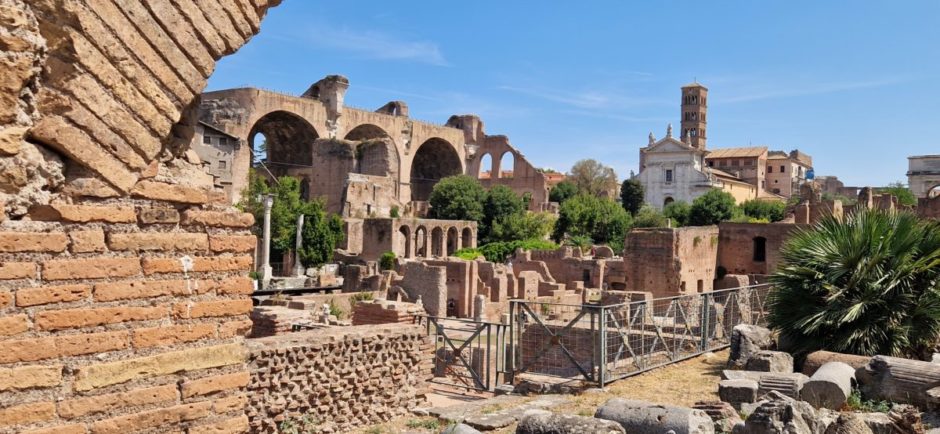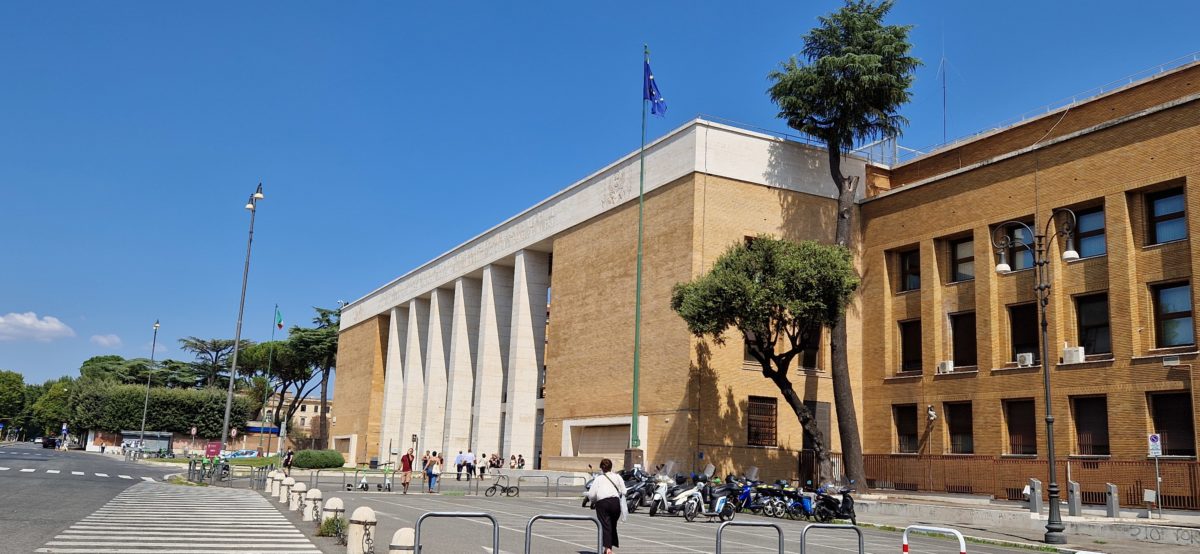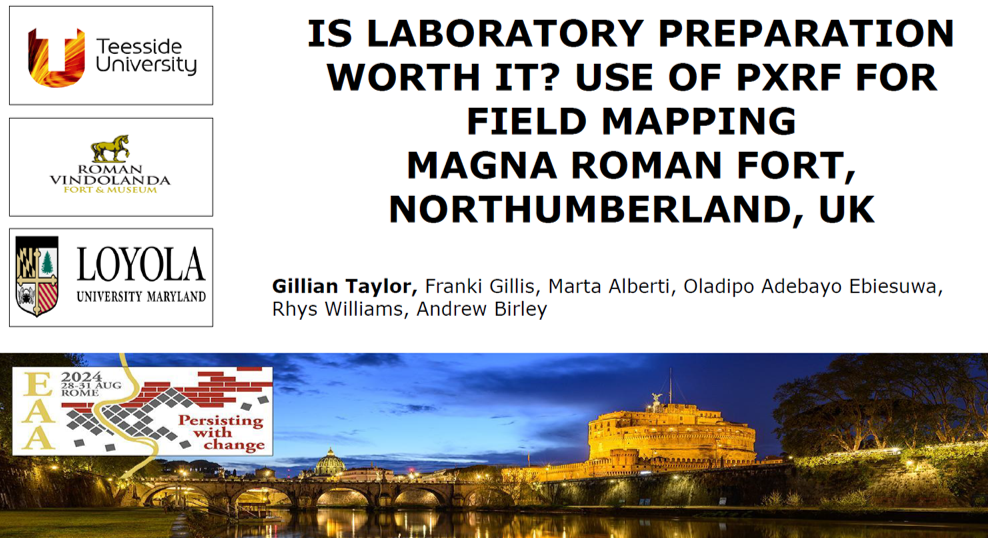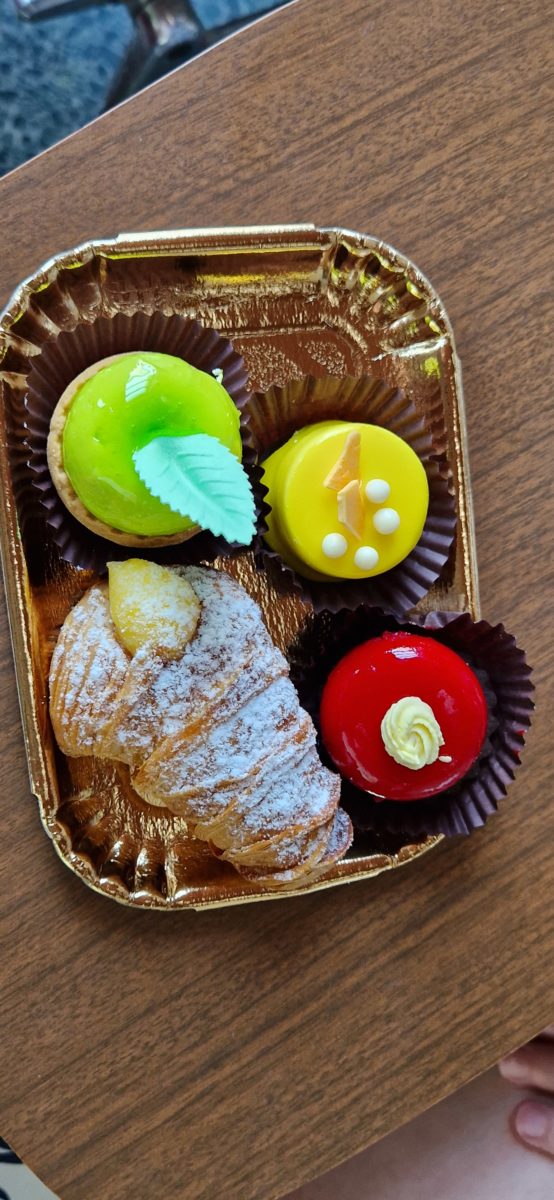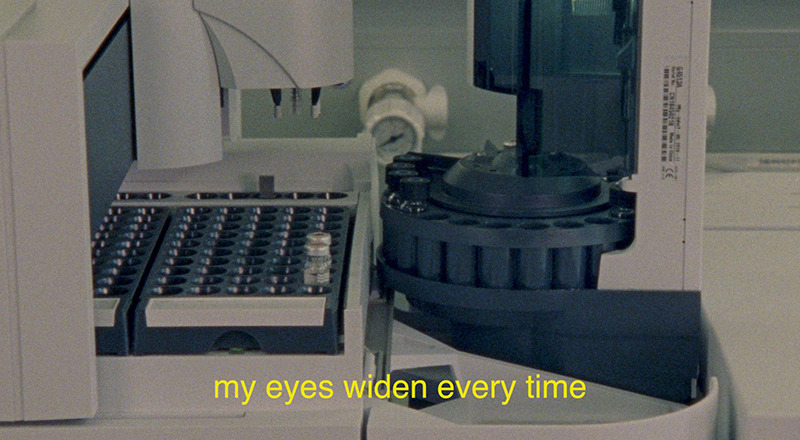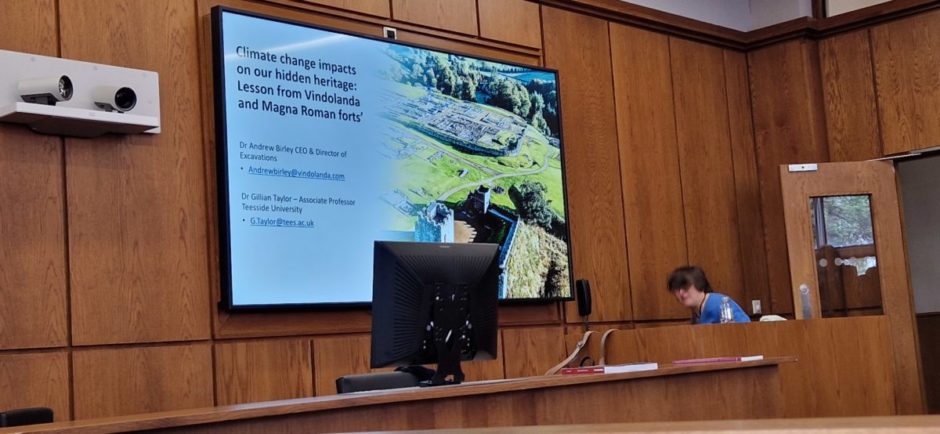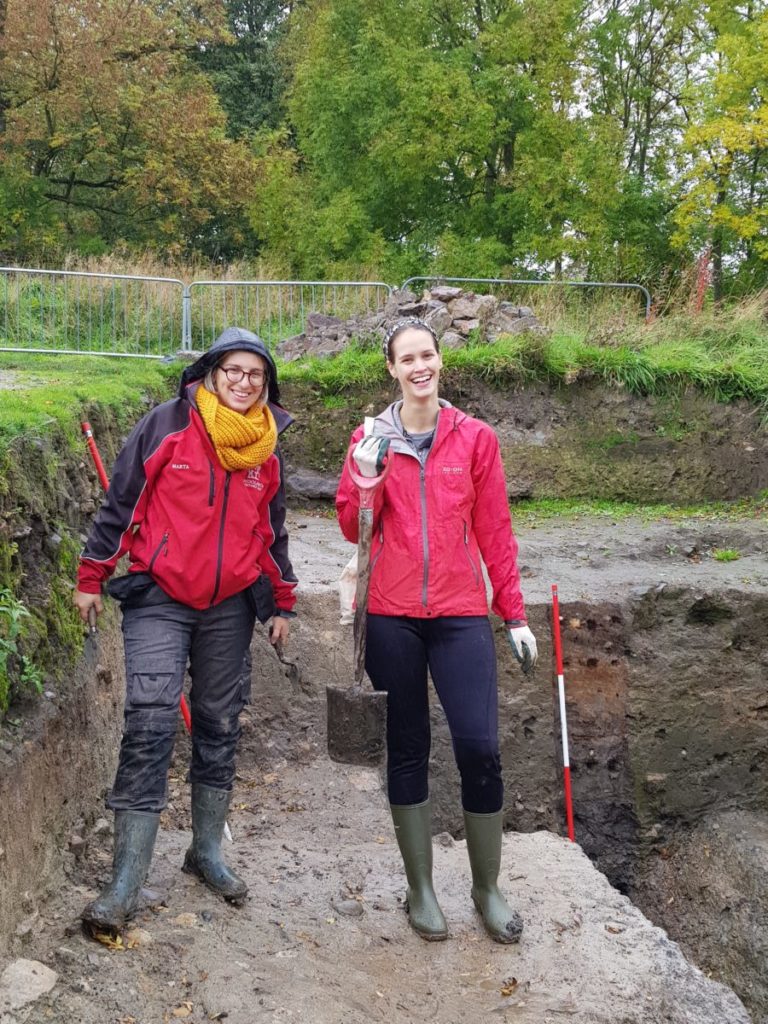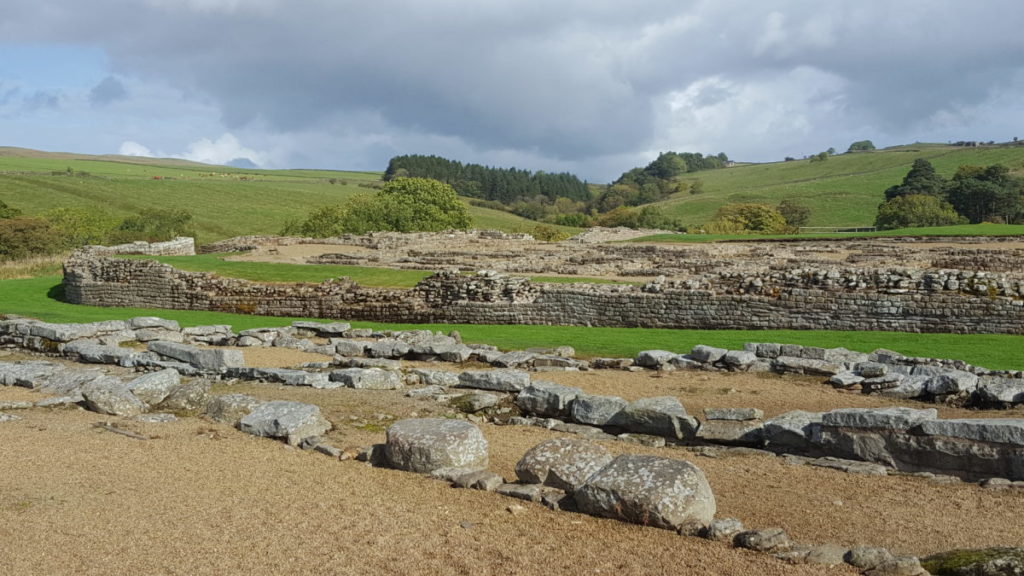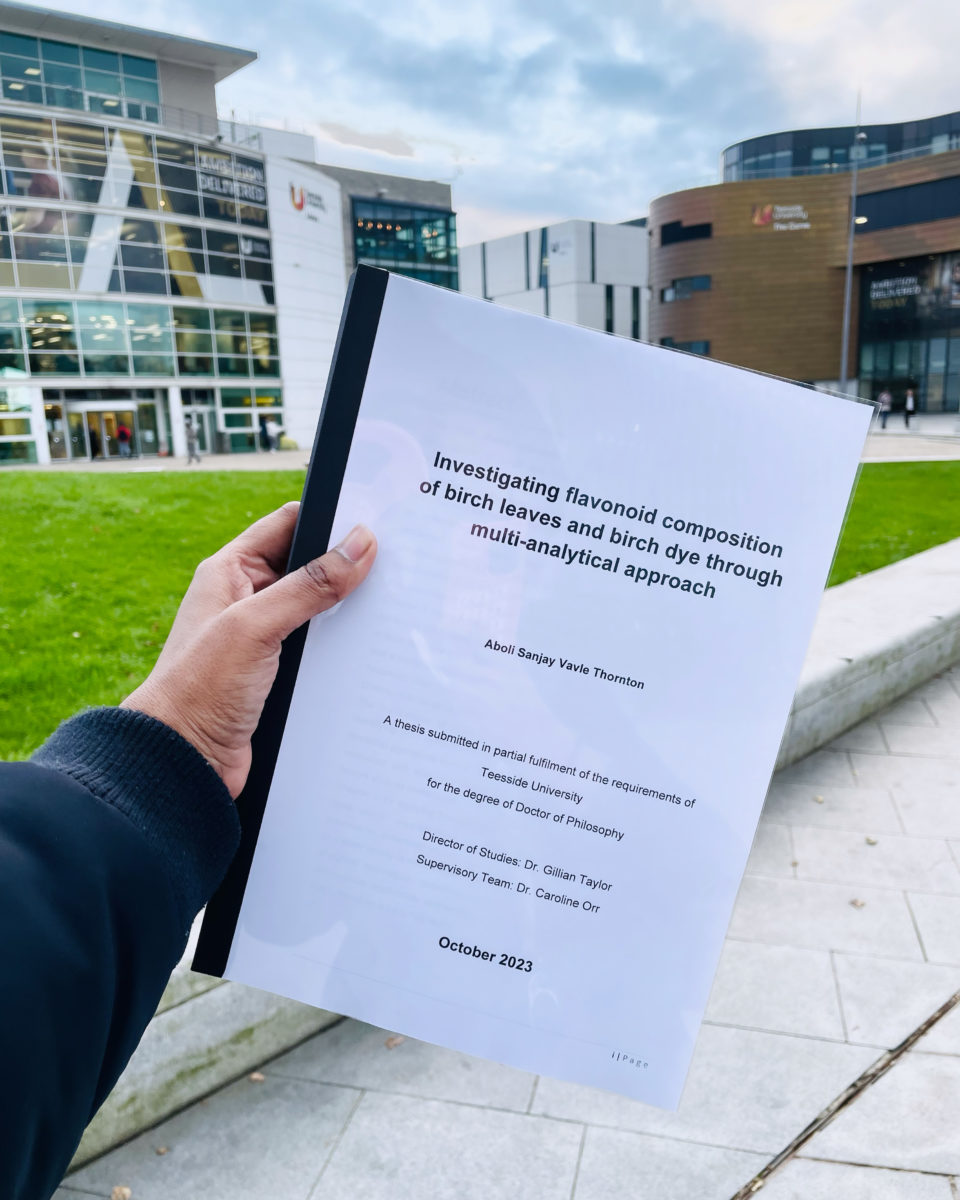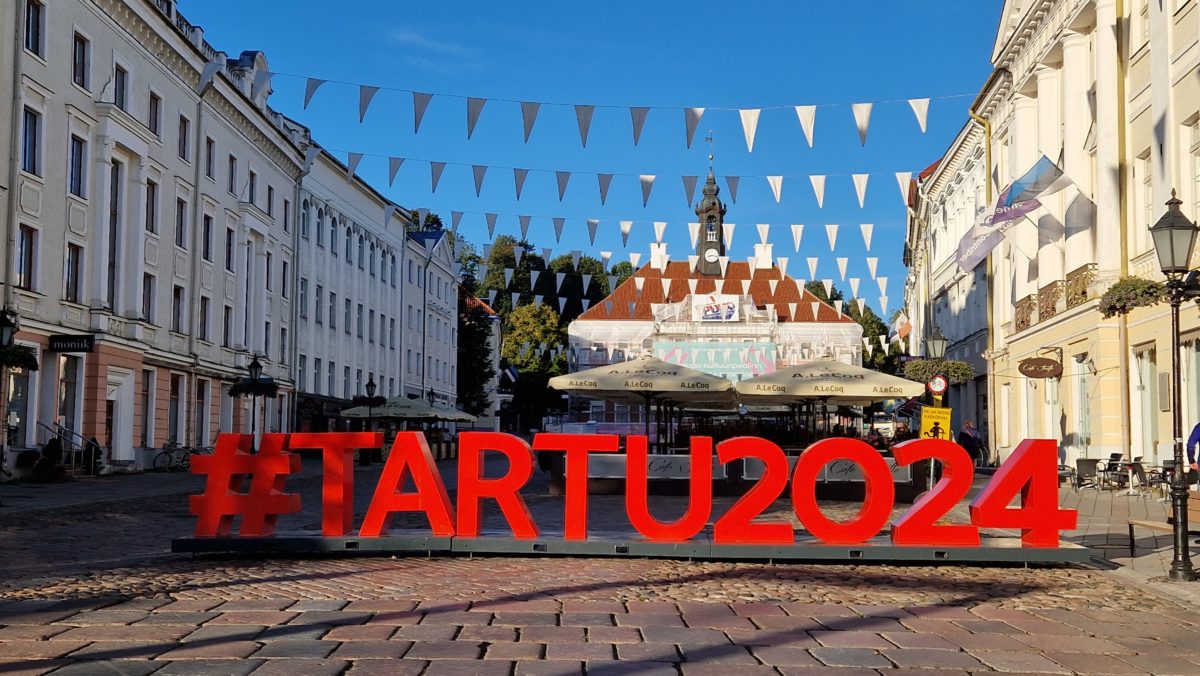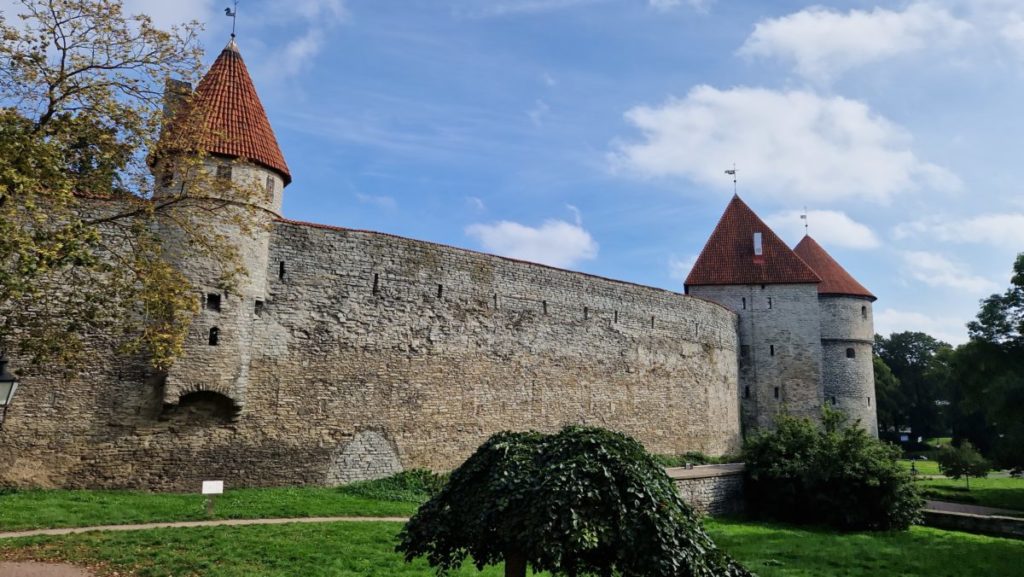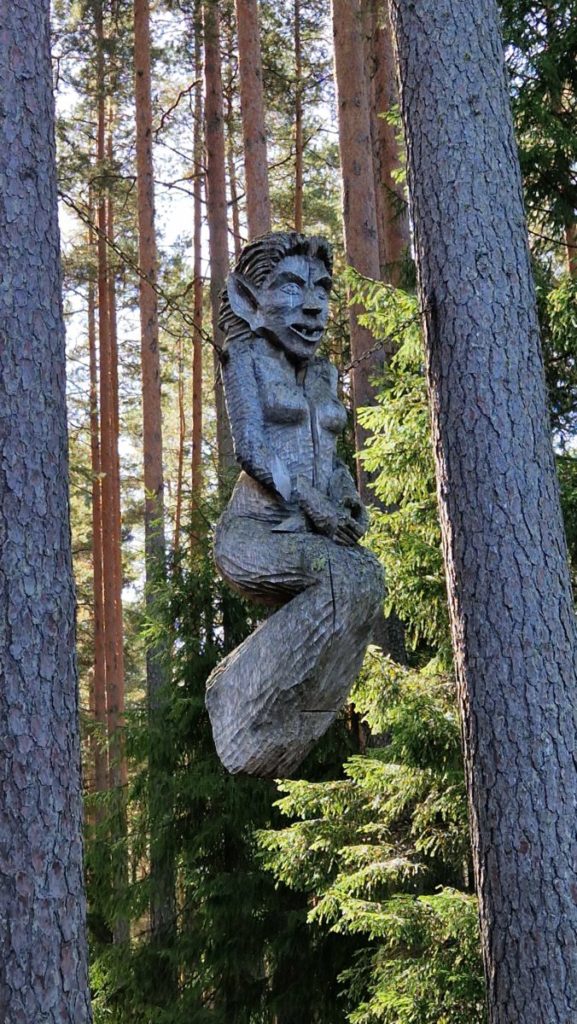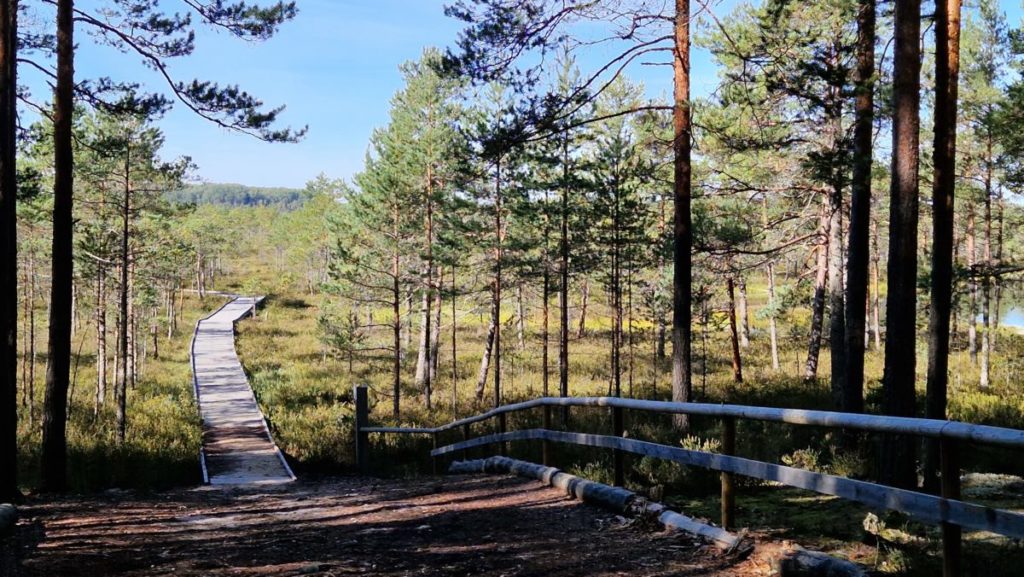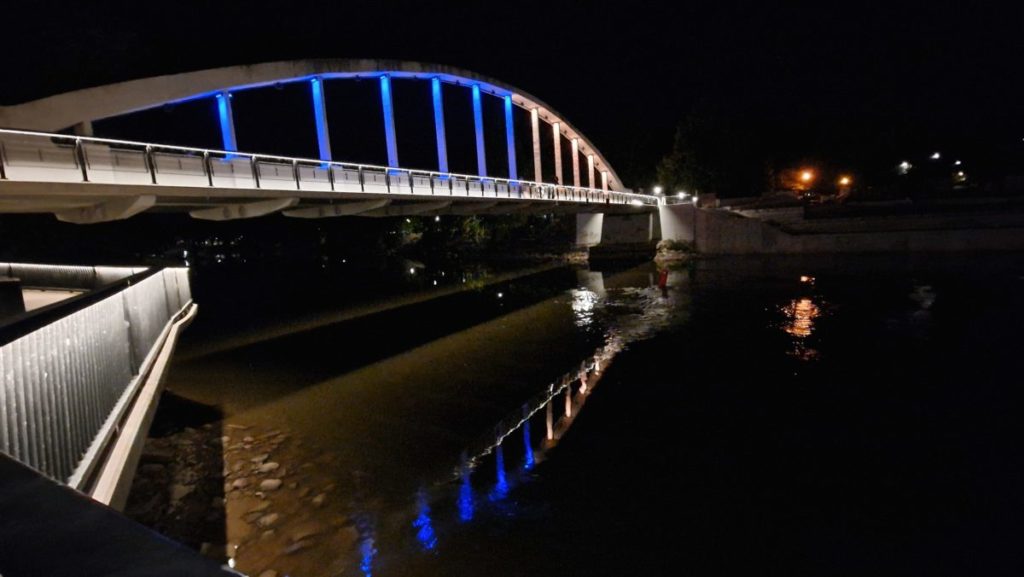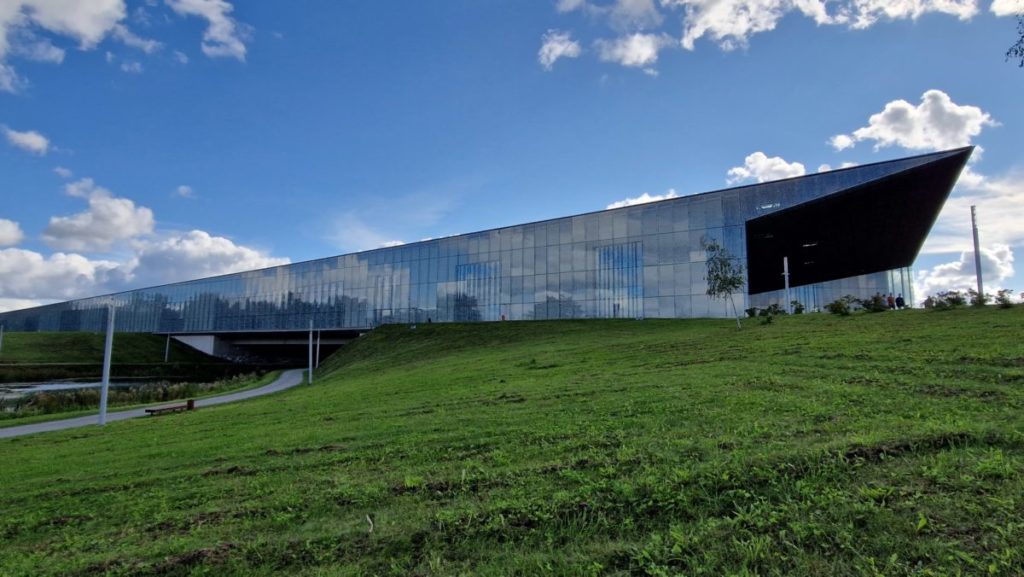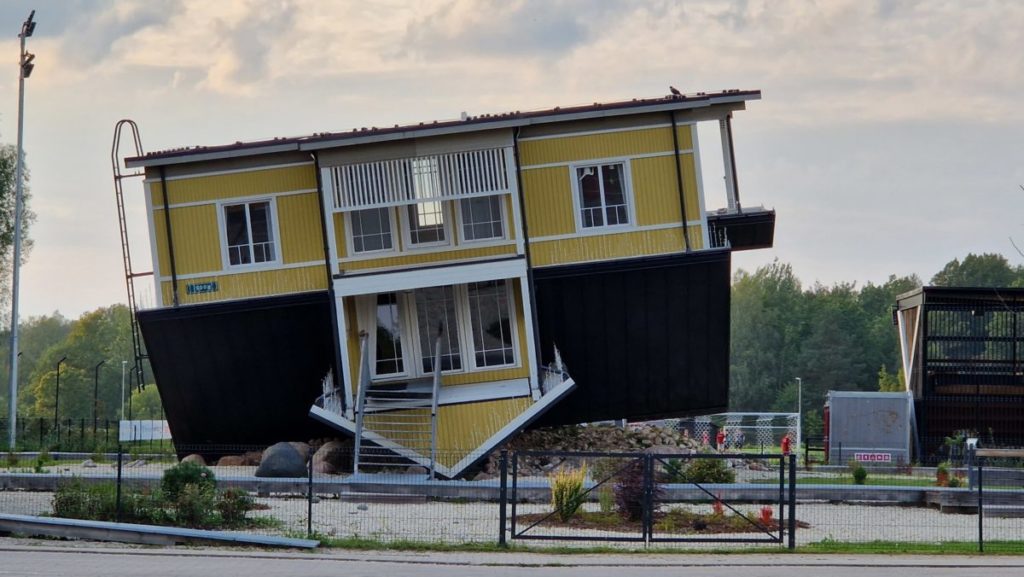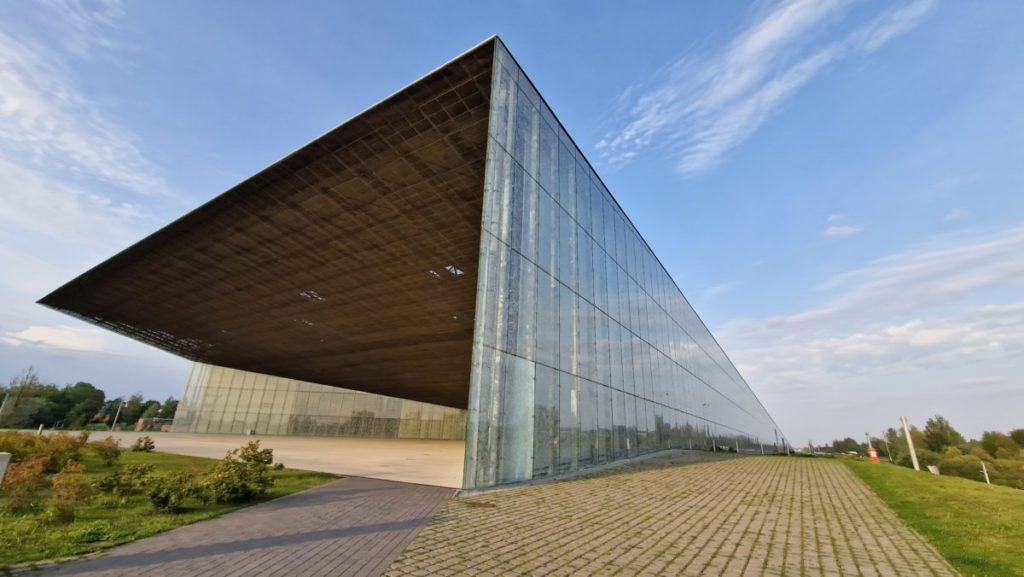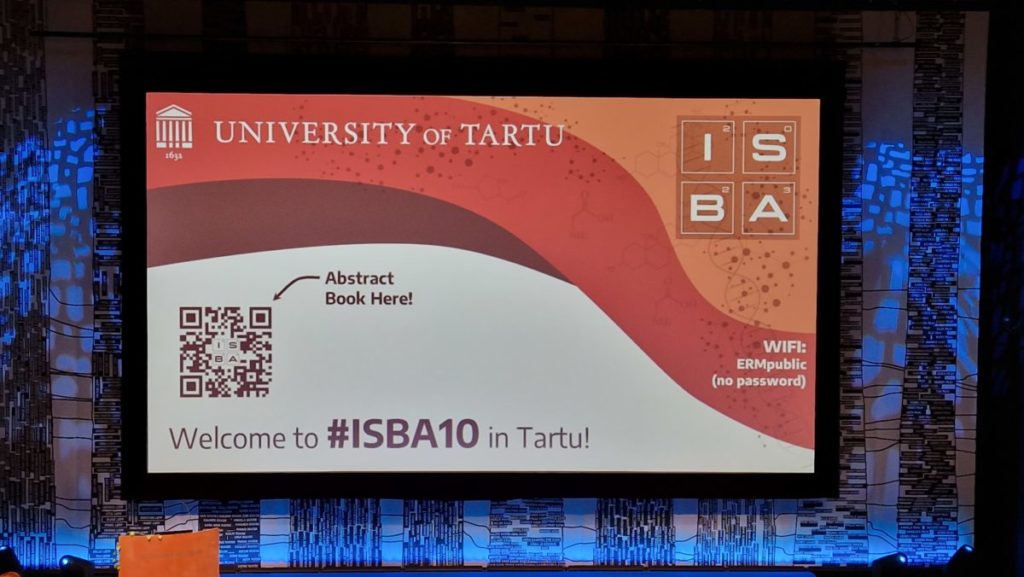LIMES – Congress on Roman frontier Studies, held every 3 years since 1949. In 2024 this was at Batumi State University Georgia
 The opening ceremony was fun and welcomed everyone to the beautiful culture of Georgia
The opening ceremony was fun and welcomed everyone to the beautiful culture of Georgia
This week long event allows delegates to attend sessions, but also has two excursions across georgia. Batumi is a lively city on the edge of the blacksea, with an abundance of casino’s! Our accommodation was in the old town, with a great mix of shops, bars and culture.
Monday was my day of presenting.. first up was data from our ‘grassroots’ projects, looking at understanding Turf. We have used a combination of analytical techniques, such as total carbon, total nitrogen, pH, EC, pXRF and GCMS. To keep to the 15 minutes, we only presented on the total carbon, showing that total carbon could possibly discriminate against different occupation periods, due to obtaining turf from different areas, canopy covered, grassland. Much more to be done but slowing building up a turf toolkit.. watch this space

Monday afternoon, I was co-chairing a session with Dr Andrew Birley, Vindolanda Trust. The session was climate change on the roman frontiers, we had a packed room and a lively session. Dr Rebecca Jones from the National History Museum Scotland, gave a fascinating talk on Climate Vulnerability Index and a call for more sites to create and share data.
Elizabeth Greene presented on changes in leather artefacts degradation from 1970-2020’s at Vindolanda. This was a project which developed from questions regarding degradation, shows clearly that through the use of analytical instrumentation, fundamental visual differences between leather excavated in the 70/80’s to the leather excavated in the 90-2020’s can be shown. Although, alot more work has to be undertaken, this is exciting and new area.
SEM image of leather

The last talk was the most recent environmental monitoring data from Magna Roman Fort, this is the first environmental monitoring system on Hadrians wall addressing the impact of climate change. Over the last 3 years we have been monitoring the chemical changes and impact of our changing seasons.. especially our very wet 2024 summer!
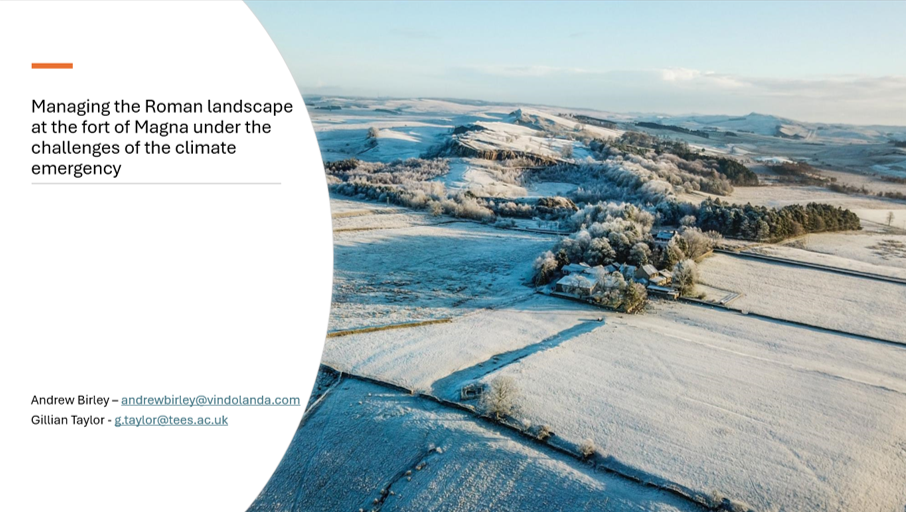
It was an absolute pleasure to co-chair and organise this impactful session, which I am sure will become a main theme for many conferences in the future
One last thing.. if you like bread and cheese.. batumi is the place to visit

and the public art works..
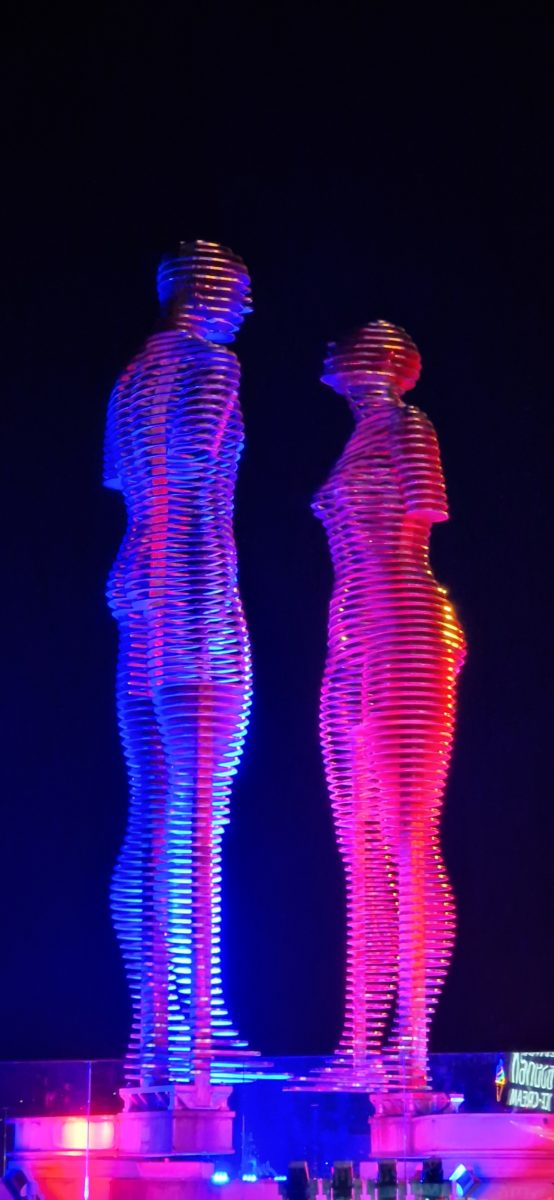






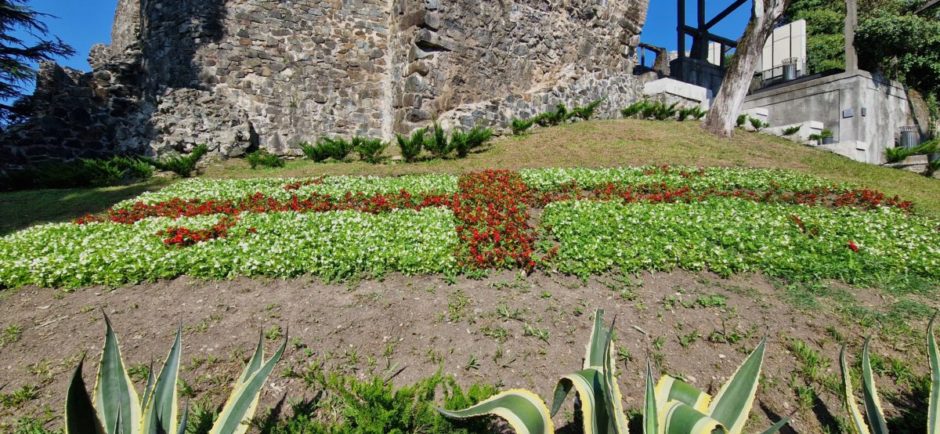
 The opening ceremony was fun and welcomed everyone to the beautiful culture of Georgia
The opening ceremony was fun and welcomed everyone to the beautiful culture of Georgia




